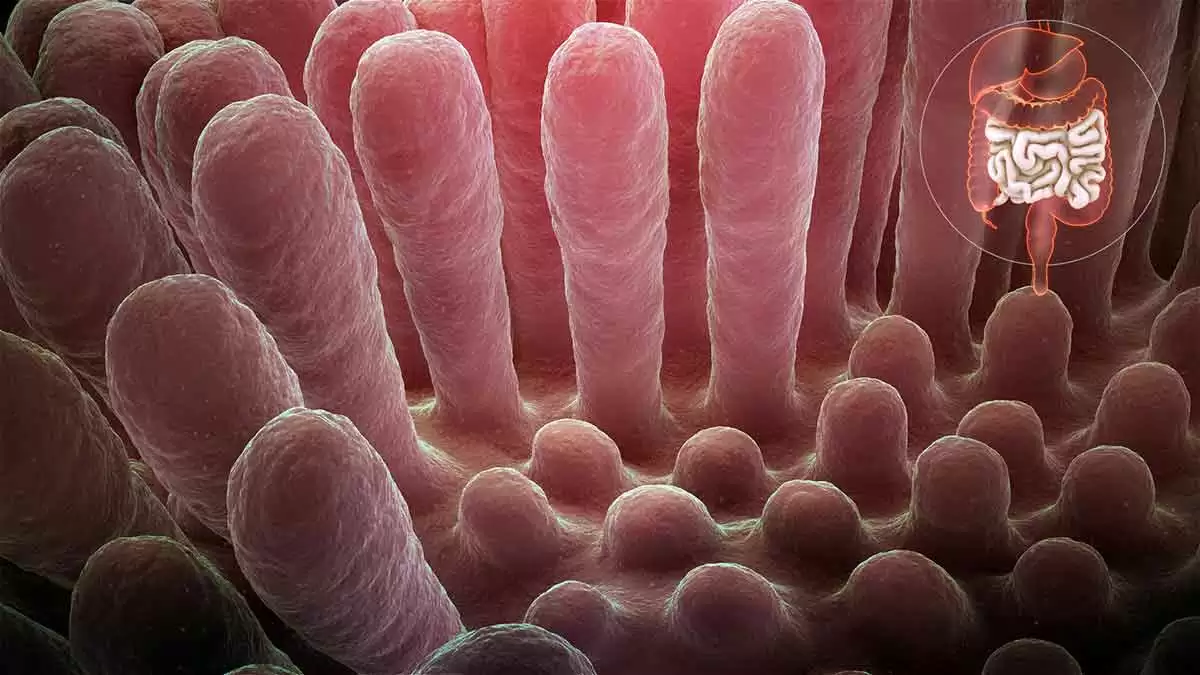
Celiac.com 06/13/2022 - In 1992 Dr. Michael Marsh developed his "Marsh Classification" system to describe the various stages of microscopic damage to the small intestine (histological changes) seen in those with celiac disease. The original system ranged from 0 - 4, and 3 or higher meant celiac disease, but his system was modified for consistency and reproducibility between pathologists.
Today, anyone who has been diagnosed with celiac disease has likely heard about the Marsh classification system. Using the Marsh Classification allows clinicians to accurately measure the full extent of the damage to the villi that line the small intestine, to determine the extent of celiac disease progress and damage. Modified Marsh Classification of histologic findings in celiac disease (Oberhuber) are measured in units of IEL/100 enterocytes, intraepithelial lymphocytes per 100 enterocytes.
Current Marsh Classification
Celiac.com Sponsor (A12):
Marsh Type 0 - Normal; celiac disease highly unlikely.
- IEL / 100 enterocytes – jejunum <40
- IEL / 100 enterocytes - duodenum <30
- Normal crypt hyperplasia
- Normal villi
Marsh Type 1 - Seen in patients on gluten free diet (suggesting minimal amounts of gluten or gliadin are being ingested); patients with dermatitis herpetiformis; family members of celiac disease patients, not specific, may be seen in infections.
- IEL / 100 enterocytes – jejunum >40
- IEL / 100 enterocytes - duodenum >30
- Normal crypt hyperplasia
- Normal villi
Marsh Type 2 - Very rare, seen occasionally in dermatitis herpetiformis.
- IEL / 100 enterocytes – jejunum >40
- IEL / 100 enterocytes - duodenum >30
- Increased crypt hyperplasia
- Normal villi
Marsh Type 3 - Spectrum of changes seen in symptomatic celiac disease.
Marsh Type 3a
- IEL / 100 enterocytes – jejunum >40
- IEL / 100 enterocytes - duodenum >30
- Increased crypt hyperplasia
- Mild villous atrophy
Marsh Type 3b
- IEL / 100 enterocytes – jejunum >40
- IEL / 100 enterocytes - duodenum >30
- Increased crypt hyperplasia
- Marked villous atrophy
Marsh Type 3c
- IEL / 100 enterocytes – jejunum >40
- IEL / 100 enterocytes - duodenum >30
- Increased crypt hyperplasia
- Complete villous atrophy
In an effort to simply the Marsh Classification system, the following Simplified Celiac Classification System has been proposed by researchers Corazza, Roberts, and Ensari, which may be much easier and more reproducible.
Simplified Celiac Classification System
Grade A/Type 1: increased intraepithelial lymphocytes but no villous atrophy.
- This occurs in those on a gluten-free diet and is likely caused by patients who consume small amounts of gluten due to cross-contamination or in those who cheat on their diets, and in patients with dermatitis herpetiformis, family members of celiacs, and can also be seen in certain infections.
Grade B1/Type 2: villi still present but shortened.
- This level of damage is accompanied by many symptoms associated with celiac disease.
Grade B2/Type 3: complete villous atrophy.
- This level of damage is accompanied by many symptoms associated with celiac disease.
To date, there has been no good study data comparing the two systems. Certainly, a simpler, more reproducible Marsh system would make the job of measuring the progress of celiac disease and the gluten-free diet in celiac patients much easier. Stay tuned for more on this and related stories.
Read more at stanford.edu.









Recommended Comments
There are no comments to display.
Create an account or sign in to comment
You need to be a member in order to leave a comment
Create an account
Sign up for a new account in our community. It's easy!
Register a new accountSign in
Already have an account? Sign in here.
Sign In Now